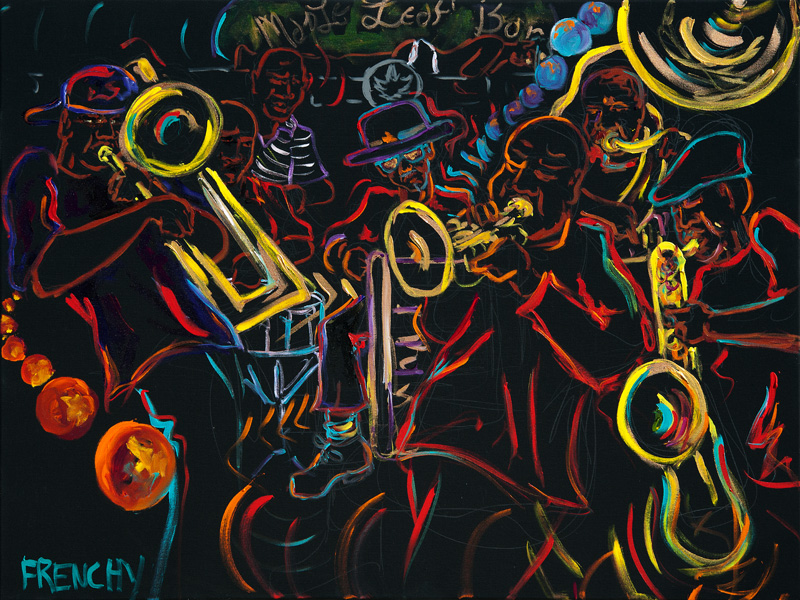Prior
to being in this History of Jazz class, I had an entirely different view of how
jazz was created, evolved, and spread around the country from the view that I
have now. Coming into this class I knew very little about the profound
importance that cultural factors had on the formation and development of jazz
music. I was under the impression that the class would take an approach focused
mostly on the musical aspects of jazz’s creation, like the artists who were key
players in the genre and how they were able to create new, unique music that
would later be called jazz. While these individual artists and techniques have
been vital to my learning of the course’s subject matter, I have been surprised
to learn of the many multifaceted forces that led these musicians to begin
playing jazz in the first place. I am now aware of the ways that jazz was
deeply rooted in the cultures of the cities it passed through and how these
cultures shaped jazz just as much as jazz shaped these cultures. This back and
forth dialogue between different cultures and jazz musicians is something I
never would have thought existed, but over the course of the quarter I have come
to a better and better understanding of how the dialogic nature of jazz is
crucial to understanding how the genre flourished and became so prominent.
Upon first hearing Dr. Stewart
mention that jazz shares a dialogic relationship with the cultures that it
permeates, I was somewhat skeptical and thought little of the claim. However,
as the course progressed and we learned about the different eras of jazz and
how they transitioned into each other, I began to see the truth in Dr. Stewart’s
argument. This dialogic concept first began to click in my mind when we began
discussing Chicago Style. We started by talking about the increasing
individuality that blacks were enjoying in 1920’s Chicago and how they were
allowing themselves to assimilate into American culture and stake out their own
place in mass culture by doing so. Soon after, we learned of the rising
prominence of the soloist in Chicago jazz music and therefore a rising focus on
the individual within this genre (Lecture, 1/29/13). The correlation between
the individuality of black culture and the individuality within jazz music
seemed obvious to me, and I began to see jazz’s dialogic nature in action.
To cement my belief in this dialogue
even further came our discussion of the Swing Era and how jazz moved from swing
to bebop in the 1930’s and 1940’s. During the time of swing music in New York,
big bands would play in dance halls like the Savoy in Harlem, where audiences
would dictate what kind of music was popular based on their responses to bands’
performances. This dialogue between audience and performer led to the highly
danceable rhythms of swing music that became characteristic of New York at the
time and enthralled a generation of young people who were enamored with the
genre and loved dancing to it (Lecture, 2/14/13). The transition from swing music to bebop can
also be seen as a result of dialogic forces. With the aforementioned young
generation overseas in WWII, there was left an older generation that was not as
inclined to enjoy the danceable qualities of swing. Therefore, bebop, with its
cool sounds and dissonant melodies, emerged in response to changing interests
of jazz’s audience.
Altogether, I have come to find that
jazz is much more than I originally believed it to be. Jazz is more than a
music genre that randomly sprouted up simply because someone decided to start
playing it. Rather, it is a piece of America’s culture, deeply rooted in the
development of many cities, from New Orleans to Chicago to New York and beyond.
The way that jazz was shaped by these cities is heavily reflected in the way
that jazz shaped these cities, which highlights and confirms the profound
dialogic nature of jazz mentioned by Dr. Stewart.




